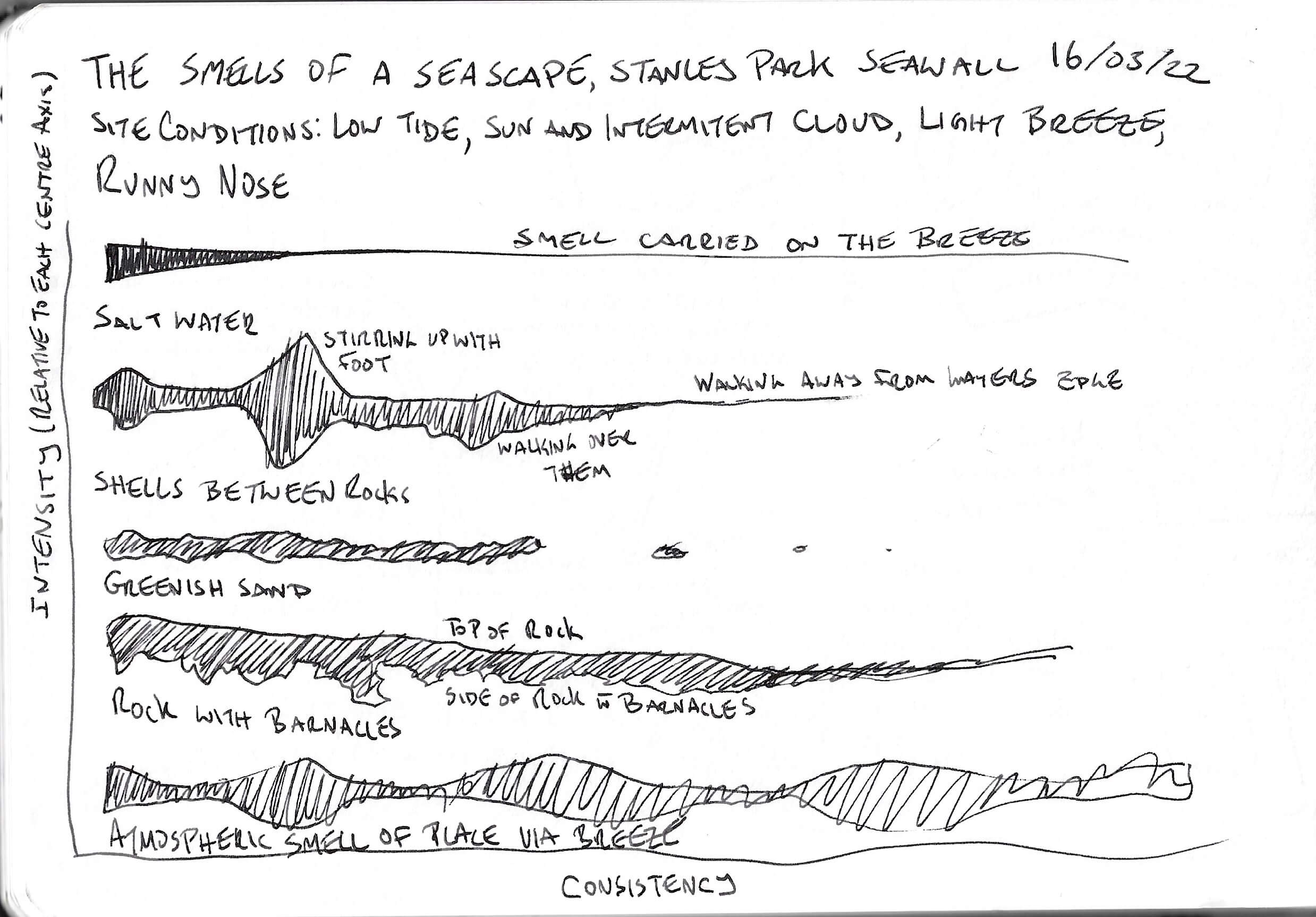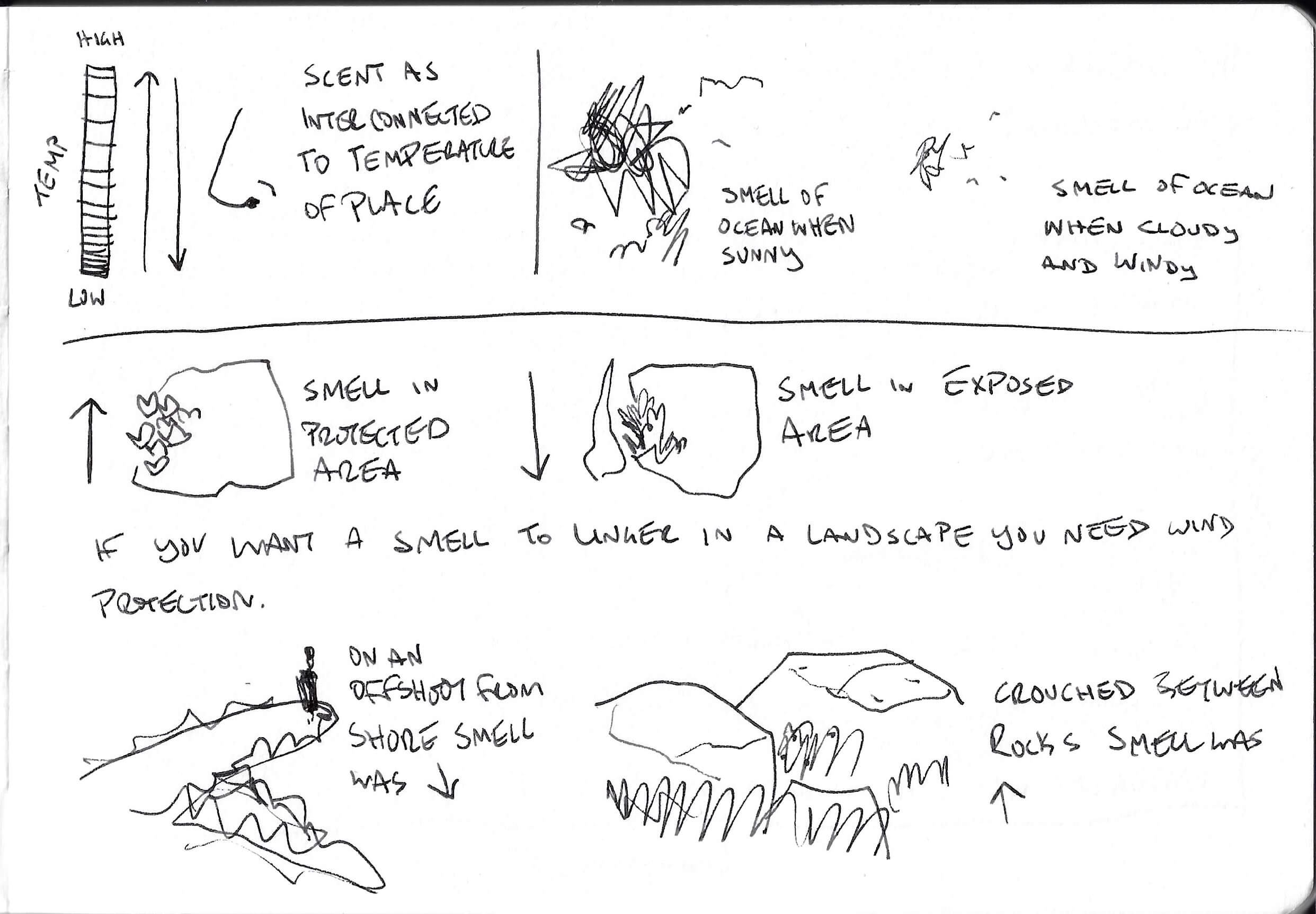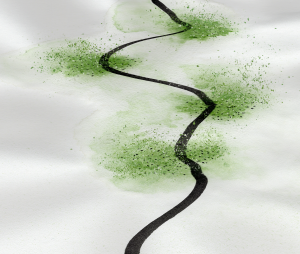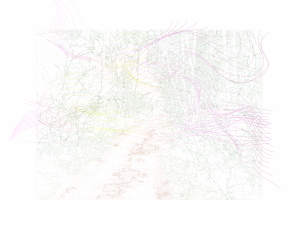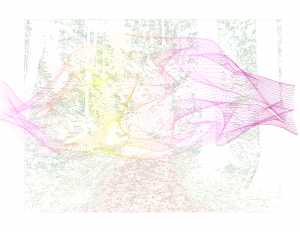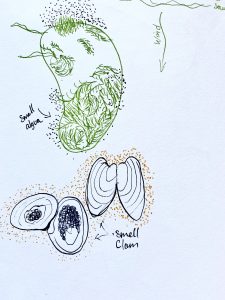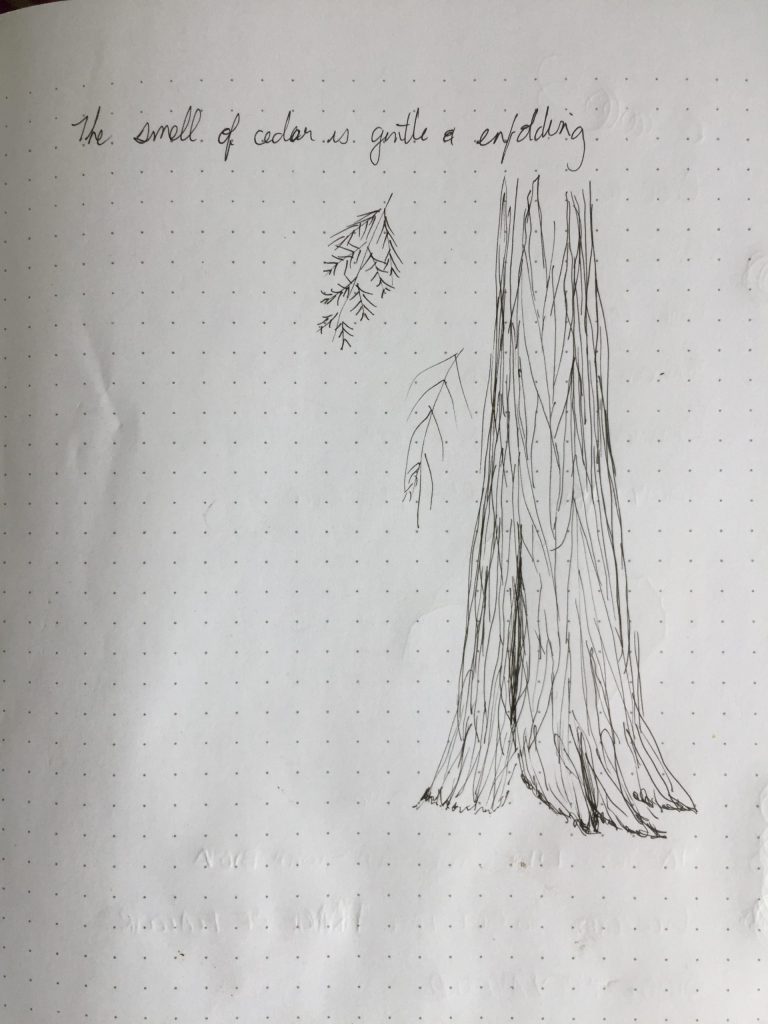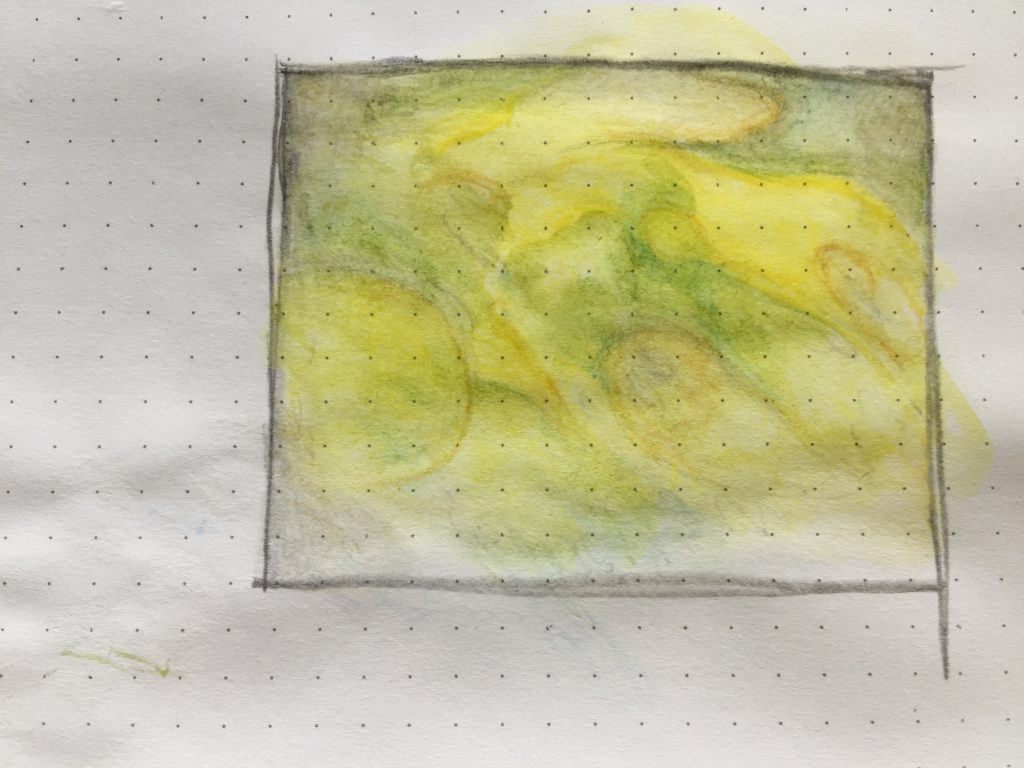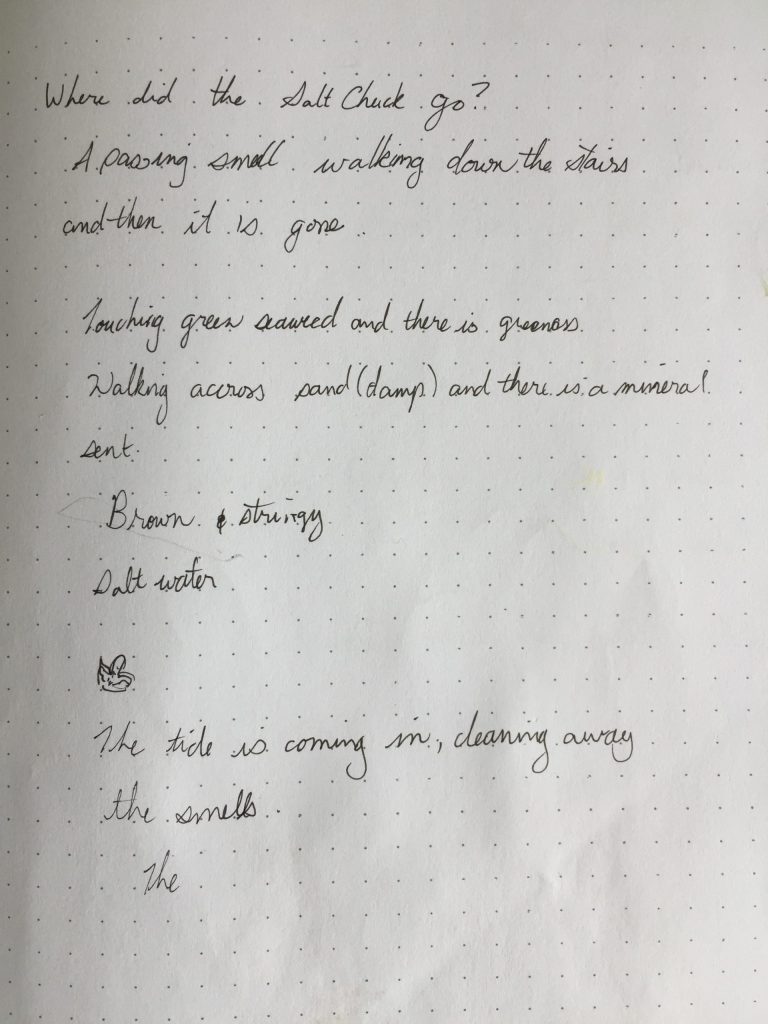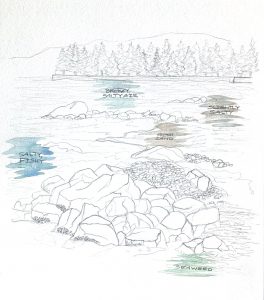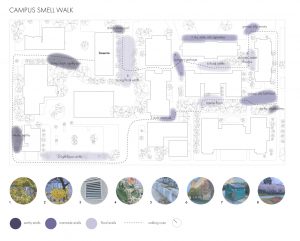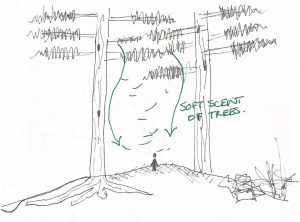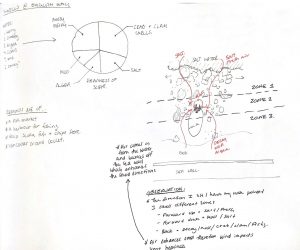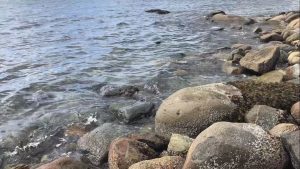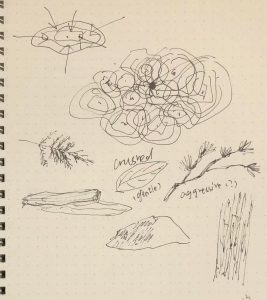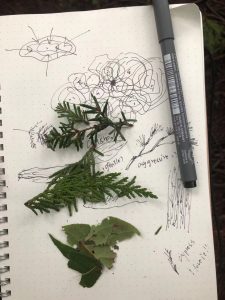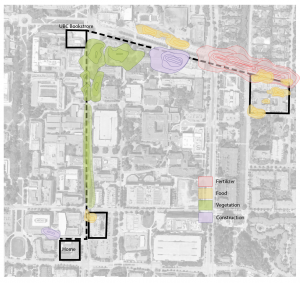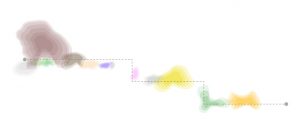In-Class Exercise (Stanley Park field trip)
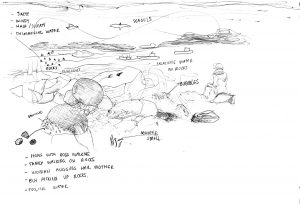
This drawing is an experiential analysis of visiting the shoreline in Stanley Park. This area of the park had a strong ocean salt smell. I had begun to depict more specific smells of this area by noticing micro habitat such as seaweed and mussels. These had stronger salty fishier smells to them.
Assignment 9
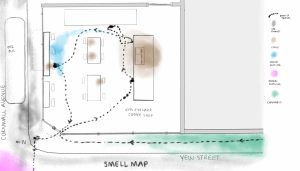
I recorded smells I observed on my visit to the coffee shop at the southeast corner of Cornwall and Yew in Kitsilano. I mapped 5 powerful smells that were big parts of my journey and experience. I often go to this coffee shop and experience the familiar smell of walking by the cannabis shop, and of course the smell of coffee when entering the coffee shop. However a person with heavy coconut smelling perfume sat beside me and their scent would fill the air around me every time they moved or repositioned themselves. This was a very strong smell that overpowered the coffee smell at that area of the shop. Smells that I had realized I didn’t notice before were the smells of the exhaust of the heavy car traffic and the 002 Downtown bus that makes frequent stops in front of the shop. Mapping these scents in plan view was significant in how I recalled how I felt when positioning myself in different areas where each scent was present. This analysis also conveyed to me how a static urban spaces can still hold dynamic experiences.

